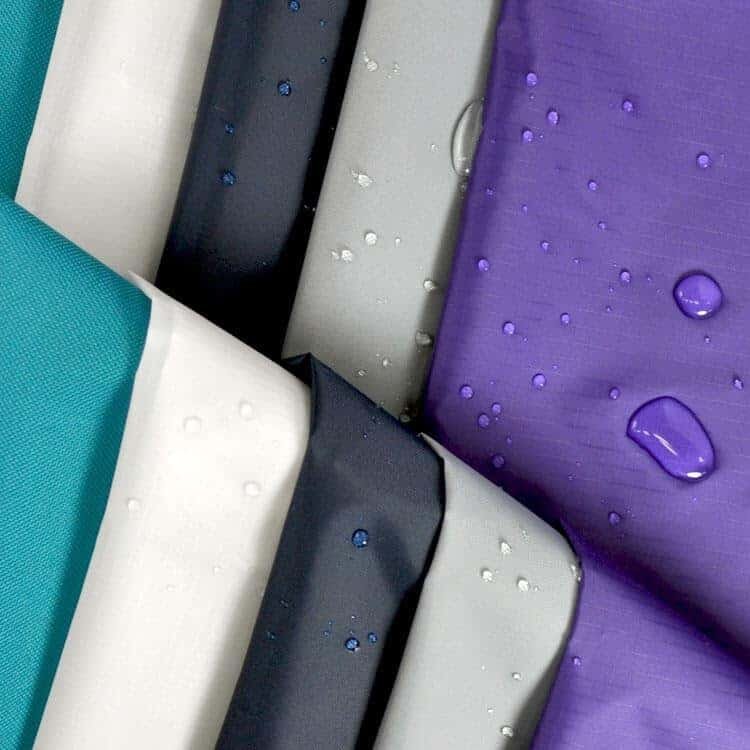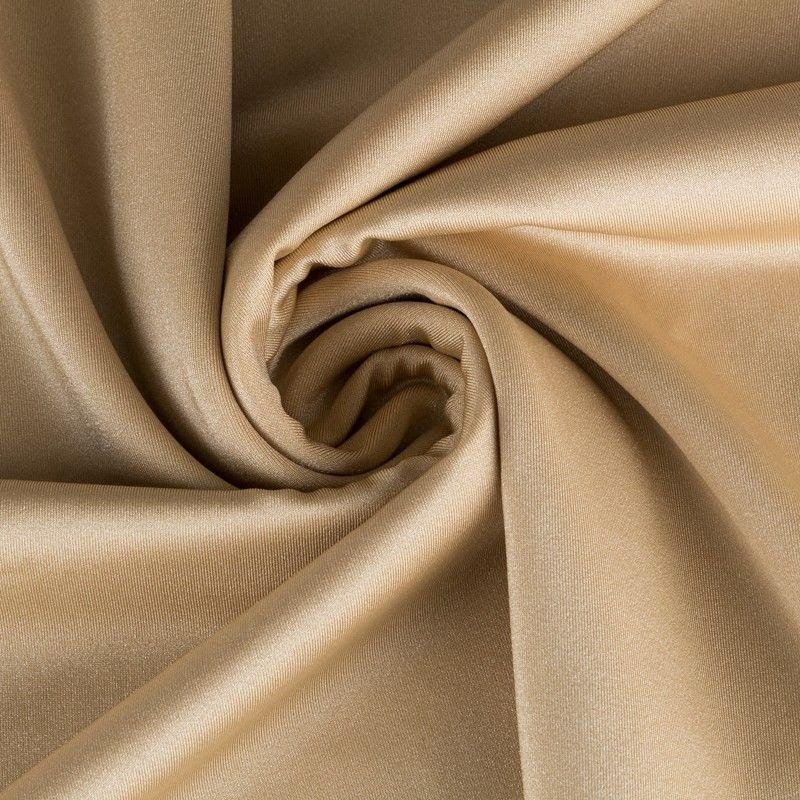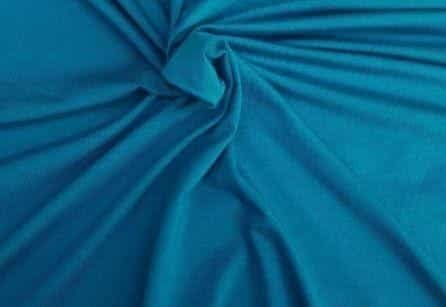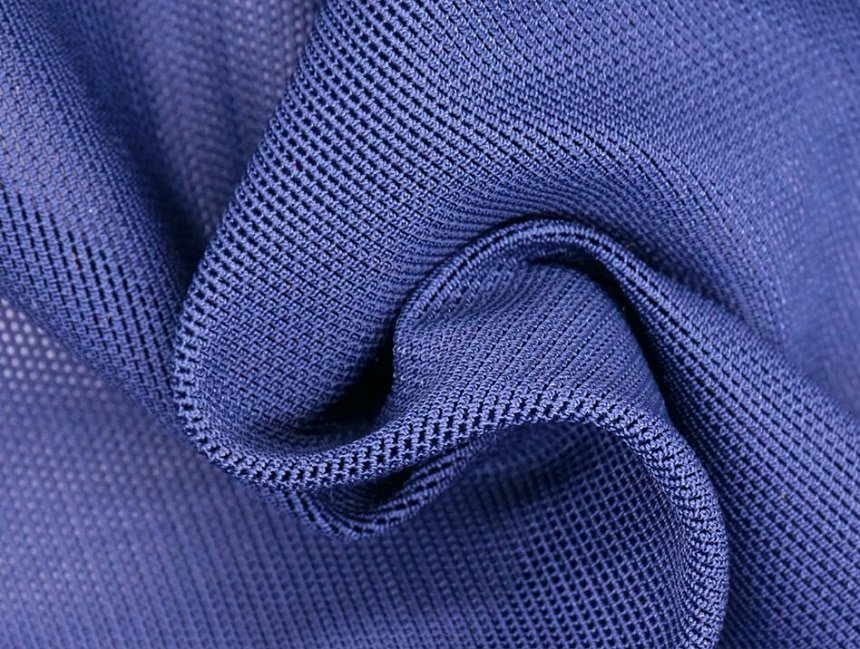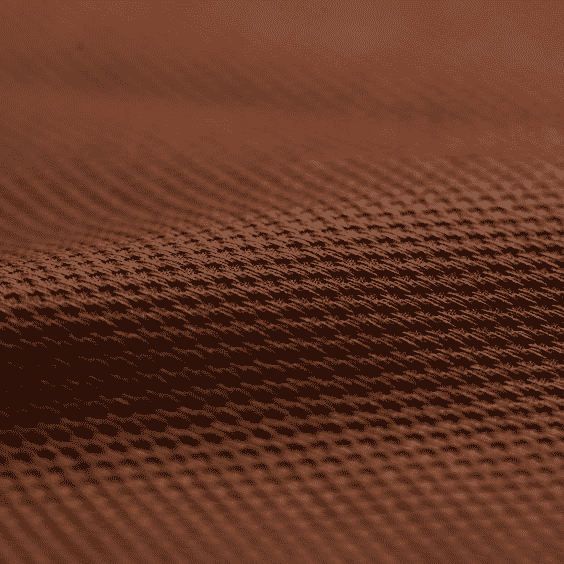Nylon Fabric: Properties and Background Details of Nylon Fabric in 2024
Nylon Fabric refers to a group of synthetic polymers that we widely used in the production of clothing and consumer items. Nylon fibers, unlike other organic or semi-synthetic fibers, are completely synthetic. The desire to discover alternatives to silk and hemp for parachutes in World war 2 inspired the usage of this type of synthetic polymer in garments. Cotton was employed for over 80% of textile applications in the United States when the war started, while wool was used for practically all other textiles. Synthetic fibers like nylon, on the other hand, contributed to approximately 25% of the textile market share by 1945. Once the war was over, producers looked for new ways to promote this new class of synthetic materials. Who Created Nylon Fabric? Nylon was also gaining popularity in a range of other consumer and military markets at the same time. The DuPont Corporation first created this chemical in the early 1920s. At the 1939 World’s Fair, it announces its creation. DuPont had no plans to use nylon for scientific or industrial purposes at the time, and the main use of this new polymer we expected to be textiles. Nylon did not have its current name when it was first introduced. After recognizing the polymer’s potential for use in fabrics, DuPont planned to market it as “no-run” due to its perceived ability to resist “runs” in fabric. These are forms of damage to tights that cause these garments to become stylistically displeasing. The term we changed to “nuron” after it reveals that nylon was, in fact, vulnerable to runs. However, because this name feels inadequate, we altered it to “nilon”. That I replaced with a “y” to improve pronunciation. Consumers complained about some problems with nylon fabric in its early days. Despite early marketing claims that nylon was “stronger than steel,” the fabric we discovered to be prone to runs and tears, and its lack of moisture-wicking capabilities was also a topic of concern. Nylon stockings would return to coal and water in extreme instances. Nylon fabric contributes about 12% of global synthetic fiber production. This polymer family has grown in popularity for industrial and research applications. Hair combs, machine screws, gun components, food packaging, and toothbrushes all use nylon resins. How Is Nylon Fabric Made? A long chain of monomers (carbon-based molecules) makes the Nylon fabric. The polyamide monomers take from crude oil (commonly known as petroleum) and make Nylon which comes in a variety of forms. In most contexts, a monomer called hexamethylenediamine we used to make nylon. We refer to this chemical as diamine acid. The leftover components of crude oil we employed for other reasons, but crude oil removes this monomer. This substance extruds through a spinneret, which is a device with dozens of tiny holes that looks like a showerhead. Nylon hardens instantly after being extruded through the spinneret, and the resulting fibers are ready to be put into bobbins. After stretching the fibers to increase their strength and elasticity, they coiled onto another spool in a process known as “drawing.” The polymer molecules align in a parallel configuration during this phase. The resulting fibers get ready to spin into garments or other fibers after the completion of the drawing process. How Is Nylon Fabric Used? Nylon fabric was originally marketed as an alternative to silk stockings. To this day, women’s stockings remain one of the major applications of this type of fabric. It uses in tights, yoga pants, and other types of form-fitting bottoms for women. Where Is Nylon Fabric Produced? DuPont develops the Nylon fabric in the United States. Production of nylon fabric remained localized to the U.S. until the latter half of the 20th century. Nylon fabric production has picked up in other regional nations such as India, Pakistan, and Indonesia. How Much Does Nylon Fabric Cost? One of the most significant advantages of nylon fabric is its low manufacturing cost. When it was first invented, this fabric was more expensive than silk. But it quickly reduced in price, and it is especially affordable when blended with other materials. What Different Types of Nylon Fabric Are There? The term “nylon” refers to a variety of chemically distinct polymer compounds. Fabrics that fall under this category include: How Does Nylon Fabric Impact the Environment? We considered it to have a negative environmental impact on the Production of nylon fabric. Most producers use crude oil as their source of hexamethylenediamine. Large quantities of water we used to cool nylon fabric fibers. This water often carries pollutants into the hydrosphere surrounding manufacturing locations. The negative environmental impact of polymer fabrics cannot reduce during the manufacturing process; the only option to make these fabrics beneficial for the environment is to properly dispose of them. It’s also worth noting that, how they create. They turn into clothing and sells to customers when some polymer fabrics may still contain small amounts of harmful substances. Besides all the negative impacts, nylon fabric has a huge demand for its unique quality at a cheaper price. You can get any type of customized women’s clothing with nylon fabric for your own fashion business from the Beautiful Connection group at wholesale. They are one of the best clothing manufacturers in the USA who provide the best quality products and services at a reasonable price.
Nylon Fabric: Properties and Background Details of Nylon Fabric in 2024 Read More »

